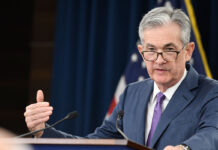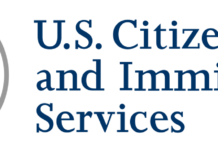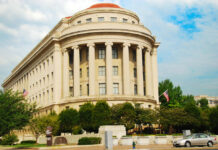On May 3, 2023, the Federal Reserve increased interest rates for the tenth time in a row by a quarter of a point, bringing the federal funds rate range to slightly under 5%. Despite the strain on the banking sector brought on by the failure of two local banks, the decision was made. Members of the Fed’s rate-setting committee stated that additional rate hikes might be required in order to bring back price stability as the Fed’s fight against excessive inflation continues. According to updated forecasts that were also released on Wednesday, policymakers predict rates to rise by an additional quarter-percentage point by the end of this year. Both winners and losers are anticipated from the Fed’s decision to boost interest rates.
The rate increase will benefit pensioners who will see larger returns on their fixed-income assets as well as savers who will receive more interest on their savings. On the other side, borrowers will have to pay more for loans, such as credit cards, mortgages, and auto loans. As higher borrowing costs might discourage consumer spending and business investment, the rate increase could also cause the economy to slow down.
Investors’ responses to the Federal Reserve’s decision to raise interest rates have been conflicted. The Federal Reserve’s prediction that its benchmark interest rate will increase to 5.1 percent and stay there for at least the remainder of the year has been met with skepticism by the financial markets. Despite several warnings from Fed officials to the contrary, many investors are betting that the central bank will start decreasing interest rates shortly. The stock and bond markets have risen in part because investors anticipate cheaper borrowing costs.
The Federal Reserve’s decision to raise interest rates is not without danger. As borrowing costs rise and consumer spending and business investment decline, higher interest rates could trigger a recession. To prevent a recession, the Federal Reserve will need to carefully monitor the economy and modify its policies as necessary. The Federal Reserve’s move to raise interest rates serves as a reminder that the economy is susceptible to outside shocks and that policymakers must exercise caution in their efforts to uphold economic stability.
The Federal Reserve’s decision to increase interest rates for the tenth consecutive time is a significant one that will have a significant impact on the economy. The rate increase may hamper the economy even though it is part of the Federal Reserve’s ongoing fight against inflation. The Federal Reserve must closely monitor the economy and adjust its policies as needed to avoid a recession. In a changing economic environment, investors must be cautious in their attempts to reduce risk and take advantage of possibilities.
In conclusion, the Federal Reserve’s decision to increase interest rates for the tenth consecutive time is a significant one that will have far-reaching consequences for the economy. Despite the fact that the rate increase is a part of the Federal Reserve’s continued fight against inflation, it could potentially slow the economy down. The Federal Reserve must carefully monitor the economy and adjust its policies as needed to avoid a recession. In a situation where the economy is changing, investors must be cautious in their attempts to reduce risk and take advantage of possibilities.












